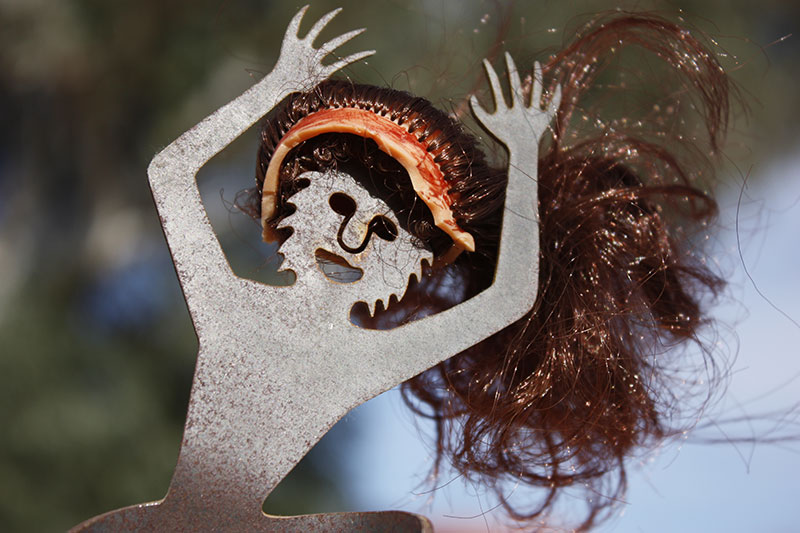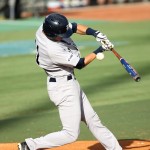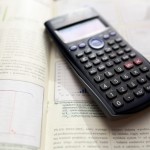The state department of education grades schools based on student performance on a yearly standardized test. My school also monitors student progress in reading and math with quarterly assessments provided by a commercial testing service. Questions on the quarterly assessments are representative of the yearly standardized test questions.
Teachers aren’t allowed to read the state standardized test but are encouraged to review the quarterly assessments and use the results to discover and remediate our students’ deficiencies.
A typical 8th grade reading question from the second quarter assessment was: “Which sentence or sentences from the text confirm the prediction that there is a difference over whether wigs should be worn?”
A typical 8th grade math question was: “How many ways can Debra arrange five statues in a row on the shelf?”
Conversely, each unit at my school, teachers develop a single question to guide student inquiry into the content. Unit questions are specific to the content but should also be relevant across the curriculum. Our students seek answers to questions like: “When is change worth fighting for?” (Humanities); “How do I know that others share my experiences?” (Language Arts); and “How can technology give a voice to my message?” (Engineering).
Beyond our school day, more than twenty teachers offer academic tutoring and enrichment activities. The enrichment activities, which often include weekend events, include Student Council, International Club, Tech Club, Gardening, Chess, Ping Pong, Guitar, Primary Grades Sports, Service Learning, a Literary Magazine, Outdoor Science, Yearbook, MESA, and interscholastic sports. On a typical day more than 200 students participate in tutoring or enrichment.
A student who participates in a single activity for the whole year adds the hourly equivalent of an entire week to his or her school year.
Looking closer at MESA, Outdoor Science, and sports illustrates the impact of these programs.
MESA (Math, Engineering, Science, Achievement) is an early outreach program in schools throughout the western states. Universities and industries sponsor the program. Our mission is to prepare underrepresented groups to enter college and major in STEM subjects. Weekly activities related to Science, Technology, Engineering, and Math form the core of MESA. In the spring we compete against other schools in engineering design contests created and judged by professional engineers and college professors. MESA members graduating from high school can earn fee waivers and scholarships.
MESA is normally a middle and high school program, but one of our second grade teachers has extended our program into the elementary grades – making ours the only K8 MESA program in the state.
A student who participates in MESA from kindergarten through 8th grade will participate in over 300 hours of STEM activities, or nearly two academic years’ worth of daily science classes.
In the Outdoor Science Program, 5th graders take Saturday field trips. In the first semester they visited the Desert Museum. They hiked Picacho Peak, Wasson Peak, Ramsey Canyon, and Mount Lemmon. They birded at Sweetwater Wetlands with the Audubon Society, toured Kartchner Caverns, and went spelunking in Coronado Cave in the Huachuca Mountains. They also had an overnight field trip at the Mount Lemmon Sky Center.
This semester students in the Outdoor Science Program will visit a farm, help with a desert restoration project, complete a bird research activity with the U. S. Geological Survey, and participate in Earth Day.
In recent years our girls basketball team has accumulated a record of 107-31, seven divisional titles, six “final-four” appearances, and two undefeated, district championship seasons. Report after Report concludes that girls who participate in sports are less likely to suffer depression, have suicidal thoughts, or experiment with illegal substances, alcohol, tobacco, or sex. They have more confidence, feel more capable and skilled, and have a better body image than their counterparts. They are also more likely to include college in their future plans.
I teach at a D school, according to the department of education. Our students don’t correctly answer enough questions about wigs and statues.









